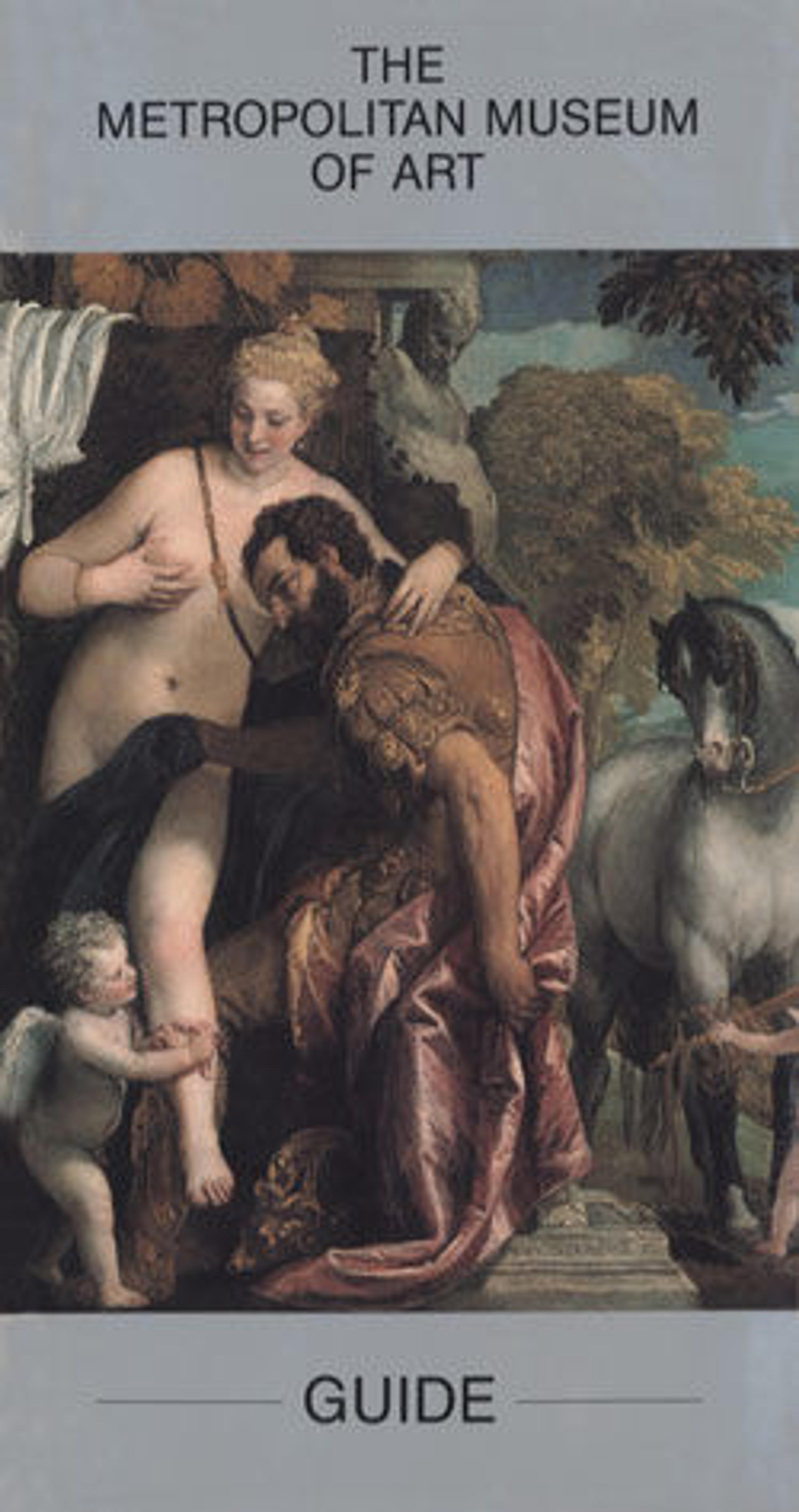Robe for Tibetan aristocrat (chuba)
In addition to bolts of cloth, court robes were often sent from China to Tibet in the eighteenth and nineteenth centuries where they were refitted into a style of dress worn by lay aristocrats. Close examination of the dragons on the upper part of this robe reveals that parts of their bodies do not match precisely, which suggests that this garment was either made from a larger one or pieced together from different robes. Such reworking illustrates the value awarded to Chinese textiles in Tibet at the time.
Artwork Details
- Title: Robe for Tibetan aristocrat (chuba)
- Period: Qing dynasty (1644–1911)
- Date: 18th century
- Culture: Tibet
- Medium: Silk, wrapped gold on cream silk, wrapped peacock feather filaments
- Dimensions: Overall: 61 x 75 3/4 in. (154.9 x 192.4 cm)
- Classification: Textiles-Costumes
- Credit Line: Rogers Fund, 1962
- Object Number: 62.206
- Curatorial Department: Asian Art
More Artwork
Research Resources
The Met provides unparalleled resources for research and welcomes an international community of students and scholars. The Met's Open Access API is where creators and researchers can connect to the The Met collection. Open Access data and public domain images are available for unrestricted commercial and noncommercial use without permission or fee.
To request images under copyright and other restrictions, please use this Image Request form.
Feedback
We continue to research and examine historical and cultural context for objects in The Met collection. If you have comments or questions about this object record, please contact us using the form below. The Museum looks forward to receiving your comments.
